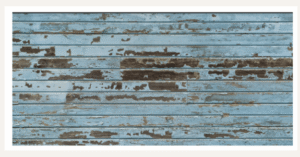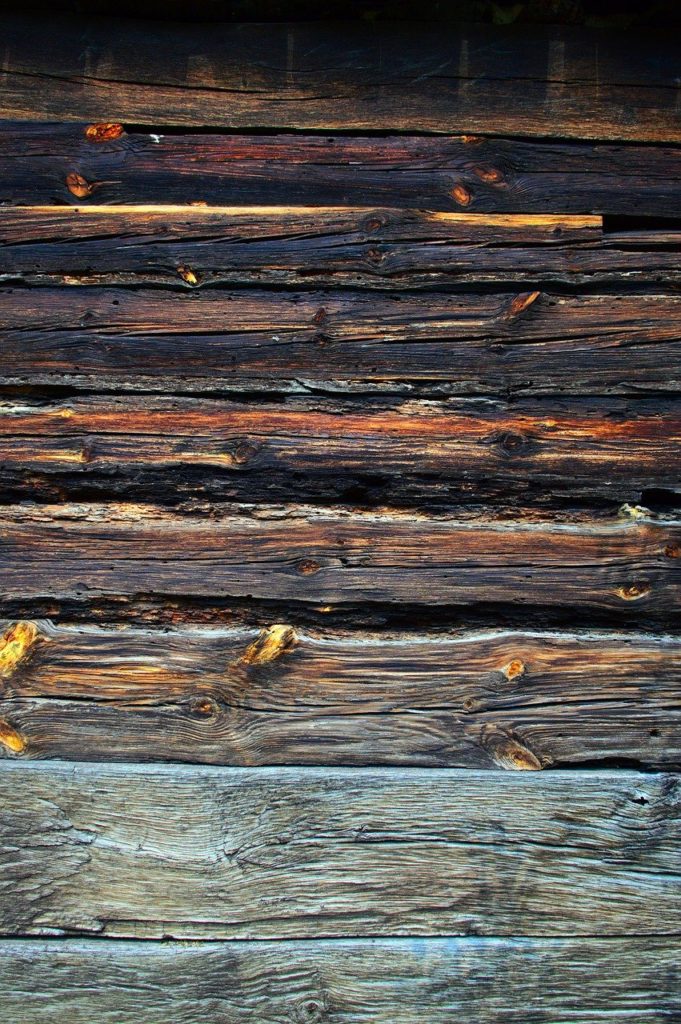Canvassing
Canvassing is a marketing technique that involves direct contact with potential customers or clients to promote a product, service, or cause.
Field Marketing Employment Agreement
General information and regulations of Avalon Roofing and Exterior
Avalon Employee Public Image and Customer Service Pledge
Perception of the business that affects customers
Avalon Field Marketing Behavioral Policy
Understanding the core policy's
Field Marketing the Basics
Training and Continuing Education,
Dress Code,
Technology,
Field Marketing Door Knocking Objectives,
How Avalon Evaluates Field Marketers
Avalon Field Marketing Vehicle Use and Mileage
Using company or personal vehicles
Avalon Field Marketing Training Schedule and Training Pay
Understanding what Training will look like and how much pay you will receive
Lead Generator Basics
Canvassing Basics
How a Shingle is Put Together
What to know about every layer of a Shingle
Identifying damage
How to identify damage to a roof
What To Look For
Examples of what to look for while canvassing
How to Approach the House
Knowing how to look, knock, and mark the house
Using the Slap System For Appointment Setting
Following the SLAP formula
Scripts (Initial Contact Options) (S, L, A)
Reference scripts to go by while at the homeowner's door
Rebuttals
What to do when you run into push back
Extra Videos to Watch
Different looks on how to Canvas
No questions yet
Be the first to ask your question! You’ll be able to add details in the next step.
Ask a new question
Add an answer
Wood Siding
By switching to vinyl, it would take 3 times the paint to pay for itself
There is so much upkeep on wooden siding, and with vinyl, there is little to no upkeep
Vinyl will last between 30 to 40 years

7 Key Problems with Wood Siding
1. Maintenance
Wood is a fairly easy material to paint, and there are many types of exterior paints that are appropriate for wood siding. However, the frequency with which homeowners will need to repaint or reseal siding can be exhaustive, and many people underestimate exactly how much repainting is required for wood siding in order to express a clean and consistent appearance.
One of the reasons for repainting is the fact that wood siding is particularly susceptible to sun damage. Prolonged sun exposure can cause the paint to fade in color and cause an inconsistent appearance. More severe sun damage can actually trigger wood siding to chip, flake, and blister. These blemishes must be addressed sooner rather than later to avoid more costly damage. Repainting and resealing are the two most common maintenance duties homeowners can anticipate, and depending on the home’s location and surrounding environment, these tasks may need to be done as often as every few years.

2. Pests
Unlike with manmade materials, termites, ants, wasps, and woodpeckers tend to look at wood siding like a natural invitation to nest in the familiar material. Once the seal has been breached with a small hole or gap in the wood siding, it is easy for other critters to move in and nest inside attics, crawl spaces, and in between the walls. Pest excavation can be tedious and difficult to achieve, causing huge expenses and headaches along the way.
In addition to causing a major inconvenience and annoyance, pests can also do incredible damage to the home’s structural integrity. Termites essentially carve out a massive network of tunnels and holes inside the wood in order to make their home. As you can imagine, this compromises the strength of the wood and weakens the structure overall. Stopping termites from reaching more fundamental load-bearing beams is crucial to keep the home structurally sound.

3. Durability
Another problem with wood siding is that it’s much less durable. When compared to steel and other long-lasting siding products, wood is considered a soft material that is likely to incur a lot of damage. Even minor impacts from a hail storm can lead to unsightly dents and chips in wood siding.
4. Buckling and Warping
Buckling and warping are common problems for wood siding — especially in geographic areas that experience seasonal temperature changes. Heat causes wood to expand, meaning the siding panels can build up pressure as they are forced to swell against each other. As the temperature drops, wood panels shrink up again. This constant cycle of expanding and shrinking puts pressure on wood siding, which results in misshapen beams that appear buckled or warped.

5. Rot and Mold
Seasonal temperature changes aren’t the only threat from Mother Nature. Humidity and moisture can also trigger problems in wood siding. Wood absorbs moisture, and too much saturation can lead to rotting and mold growth. This is particularly common on the northern side of the home, which usually gets more shade throughout the day.
Applying a water-resistant sealant can help protect wood siding somewhat, but it won’t solve the problem entirely. Moisture can easily find its way beneath the outer layer of siding, meaning an exterior sealant won’t be enough in most cases. Homeowners should be prepared to replace rotten wood siding panels as soon as they’re spotted so that the damage doesn’t spread.

6. Energy Efficiency
Many homeowners don’t realize that siding plays a significant role in the home’s overall energy efficiency rating. Some materials are naturally better insulators than others, and some siding products are built with insulative properties as part of their design.
Compared with other products on the market, wood siding is not considered to be a very energy efficient material, which means other insulation and ventilation strategies are absolutely essential to keep the home warm in winter and cool in summer. In other words, homeowners with wood siding should prepare for higher heating and cooling bills.

7. Environmental Issues
Wood siding raises two main concerns when it comes to its effects on the environment. First, it is not a long-lasting material, which means it must be replaced more often than other siding products. This increases the amount of resources that will be used over time. The other problem is with sourcing. Not all timber is sustainably sourced, meaning some trees are being cut down without the proper oversight and long-term strategies needed to keep the environment healthy.

